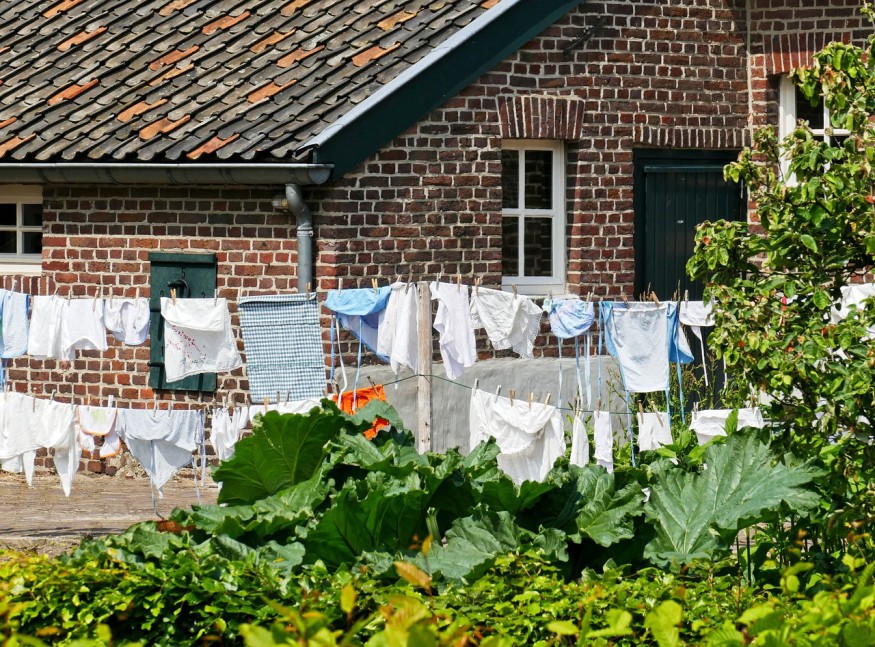
For the first time, researchers from the University of Rochester and Delft University of Technology in the Netherlands used 3D printers and a novel bioprinting method to transform algae into tough and versatile living photosynthetic materials.

The material has a wide range of uses in the oil, medical, and fashion industries. The study is published in the journal Advance Functional Materials.

"3D printing is a versatile technique for fabricating living usable materials with a wide variety of environmental and human-based applications," says Srikkanth Balasubramanian, a postdoctoral research associate at Delft, and the paper's first speaker. "We present the first example of a photonic substance that has been designed to be mechanically stable enough to be used in real-world applications."
The researchers started with non-living bacterial cellulose, an organic compound formed and excreted by bacteria, to make the photosynthetic materials. Bacterial cellulose has a number of distinct mechanical properties, including durability, resilience, strength, and the ability to maintain its form when bent, crushed or otherwise mechanically warped.
The bacterial cellulose serves as the paper in a printer, while the ink is made up of live microalgae. The researchers deposited living algae onto bacterial cellulose using a 3D printer.
Related Article : Adidas to Make Fungus-Made Shoes to Replace Leather
Algae-Based Materials

The synthesis of living (microalgae) and nonliving (bacterial cellulose) components yielded a one-of-a-kind substance with the photosynthetic properties of algae and the robustness of bacterial cellulose; the material is tough and flexible while still being eco-friendly, biodegradable, and versatile, and straightforward to manufacture. Because of the material's plant-like nature, it can use photosynthesis to "fuel" itself for weeks at a time, and it can even be regenerated - a small amount of the material can be cultivated on-site to produce more.
The material's peculiar properties make it an excellent choice for a host of new materials, including artificial leaves, photosynthetic fabrics, and photosynthetic bio-garments.
Sustainable Materials
Artificial leaves are materials that, like real leaves, use sunlight to turn water and carbon dioxide (a big cause of climate change) into oxygen and electricity. Sugars are stored as energy in the trees, which can then be turned into fuels.
Artificial leaves may thus provide a means to generate renewable energy in environments where plants don't thrive, such as space colonies. Compared to other synthetic leaf developments currently in use, which are manufactured using poisonous chemical processes, the researchers at Delft and Rochester's artificial leaves are also made from eco-friendly materials.
According to Meyer, photosynthetic skins, which may be used for skin grafts, are another use for the material. "The oxygen produced could aid in the healing of the damaged region, or it could be used to do light-activated wound healing."
Transforming the Fashion Industry

The fabrics have the potential to transform the fashion industry in addition to providing renewable energy and medical services. Bio-garments made from algae can counter some of the new textile industry's detrimental environmental impacts by being high-quality fabrics that are manufactured sustainably and are fully biodegradable. They would also purify the environment by absorbing carbon dioxide by photosynthesis, and they would not need to be washed as often as traditional clothes, saving water.
For more sustainable news, don't forget to follow Nature World News!
© 2025 NatureWorldNews.com All rights reserved. Do not reproduce without permission.





